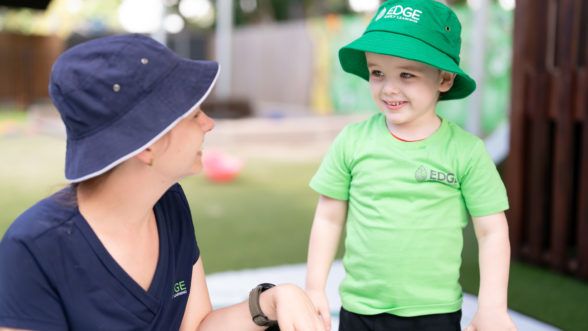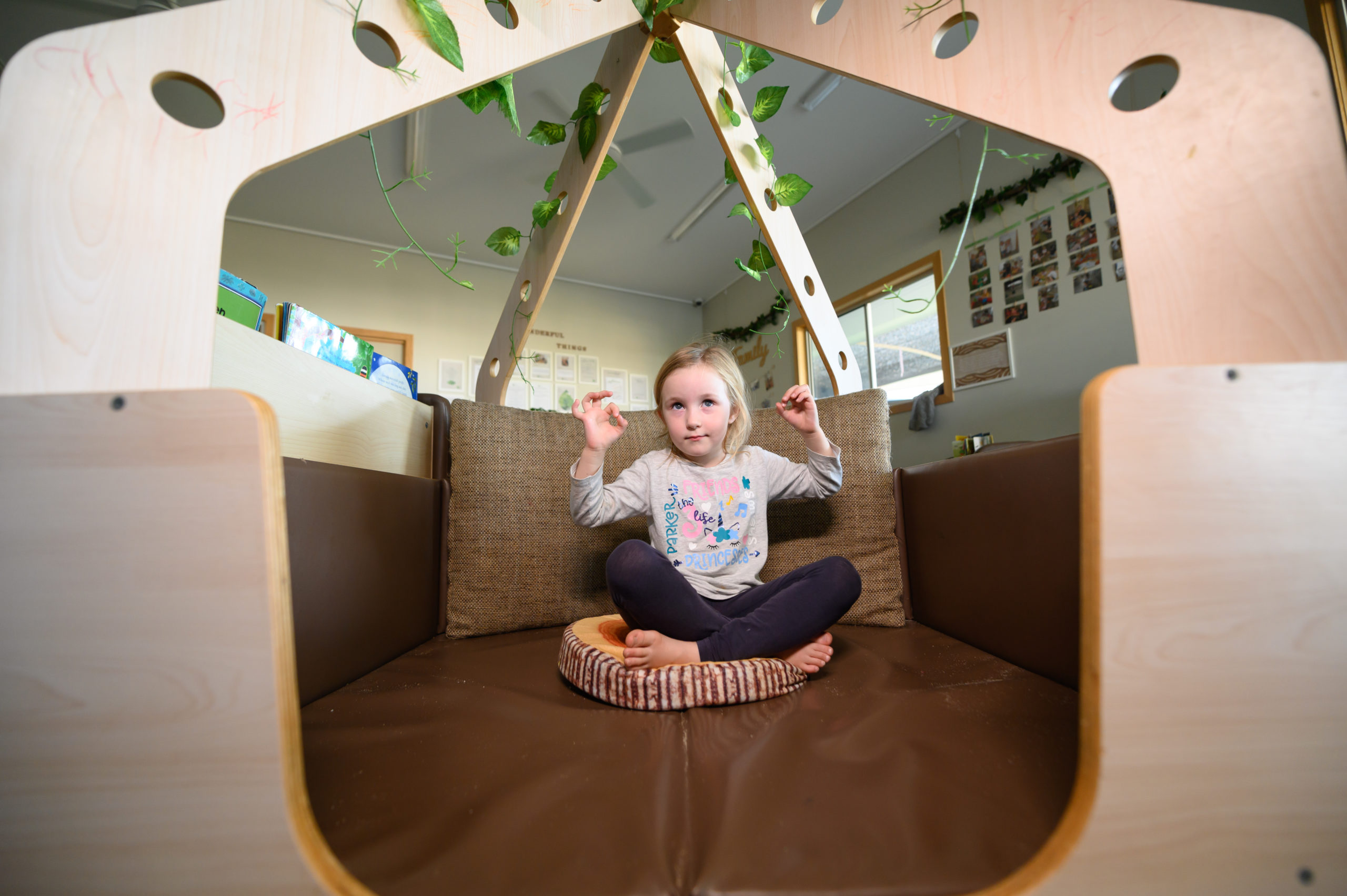
Useful tools
Useful tools, Wellbeing
12 January, 2022

First and foremost, it’s important to know what calming spaces actually are. Usually, they’re a designated corner or even room designed specifically to give your child a place to retreat to when they notice their emotions beginning to spiral out of control.
Taking the concept of a ‘time out’ and flipping it on its head, a calming space puts the power of emotional regulation into your child’s hands. It turns it into a positive experience, not a form of punishment. Some even call them ‘time in’ spaces.
They are designed for those moments when your child is feeling too stressed, overwhelmed, angry, or even excitable. For parents, they come in handy for those moments when it feels like your household is on the brink of collapse, and total pandemonium is just around the corner – you know the ones.
With cosy textures, calm colours, and quiet activities to help them focus, a calming space helps to block out stimulation, noise, and triggers. And while they aren’t a ‘one size fits all’ method, just about every household can benefit from having one.
Any child will benefit from having their own calming space, but they are particularly helpful for children with autism, ADHD, and sensory processing disorders. Too often, children with these disorders are punished for behaviours that come naturally to them – taking the time to redirect their emotions can be challenging for their parents and educators.
Creating a positive space for them to go – either with your encouragement or of their own volition – when they are experiencing negative emotions just makes sense. Why make a bad situation worse with a punitive time out that forces them to dwell on their negative emotions?
What’s more, calming spaces are designed to help your child learn more about all their feelings – and not only the ones that cause tears. When your child is happy, they can spend time in their calming space doing things that keep them that way. If they are tired, but not sleepy, their calming space offers a place to relax with a favourite toy or age-appropriate book. If they feel scared or overwhelmed, the familiarity of their calming space will help them find comfort.
Are you convinced about the power of the calming space? Great! Now, to learn how to create your own. Consider the following three key elements when creating your calming space, then dedicate a space in your home (it could be a whole room, a corner of their bedroom, or even a nook under the stairs) to set it up.
Looking for more help creating your calming space at home? Ask an Edge Early Learning Educator!
We have relaxation zones in every room in our centres, filled with soft furnishings and books. They are often little tents or caves made from timber archways for maximum cosiness, and our rooms are designed rooms using light, calming colours that reference nature. In our nurseries, we have twinkle lights on the ceiling that aid in self-settling, and we keep the walls free from pictures to avoid over-stimulation.
We are always here to help. Find your nearest Edge centre today!